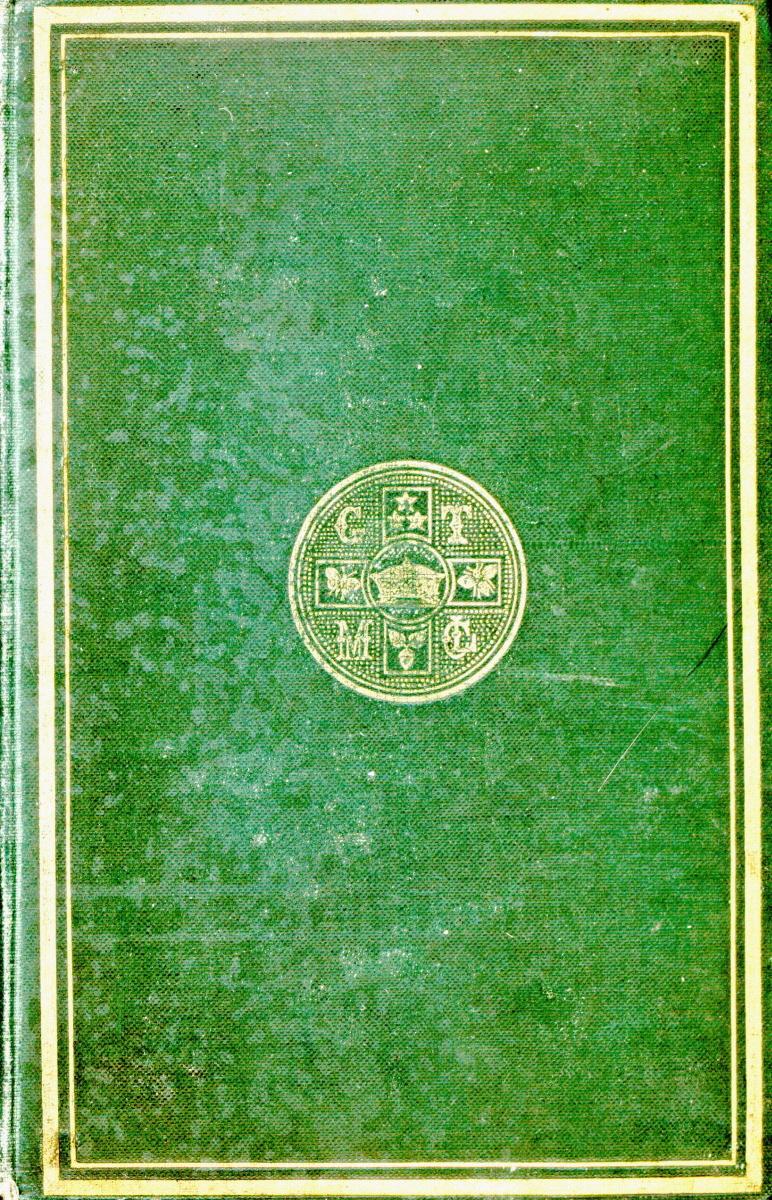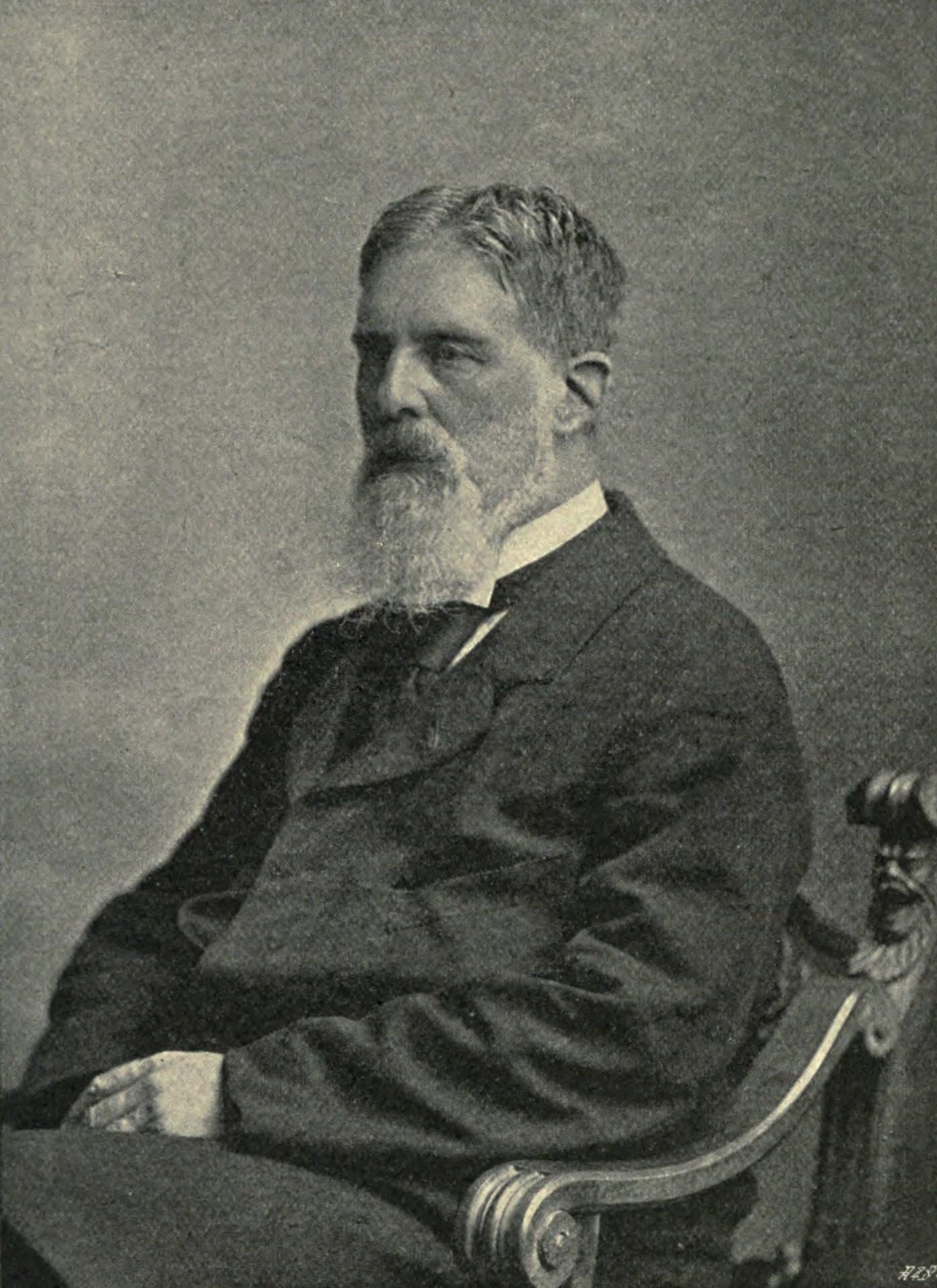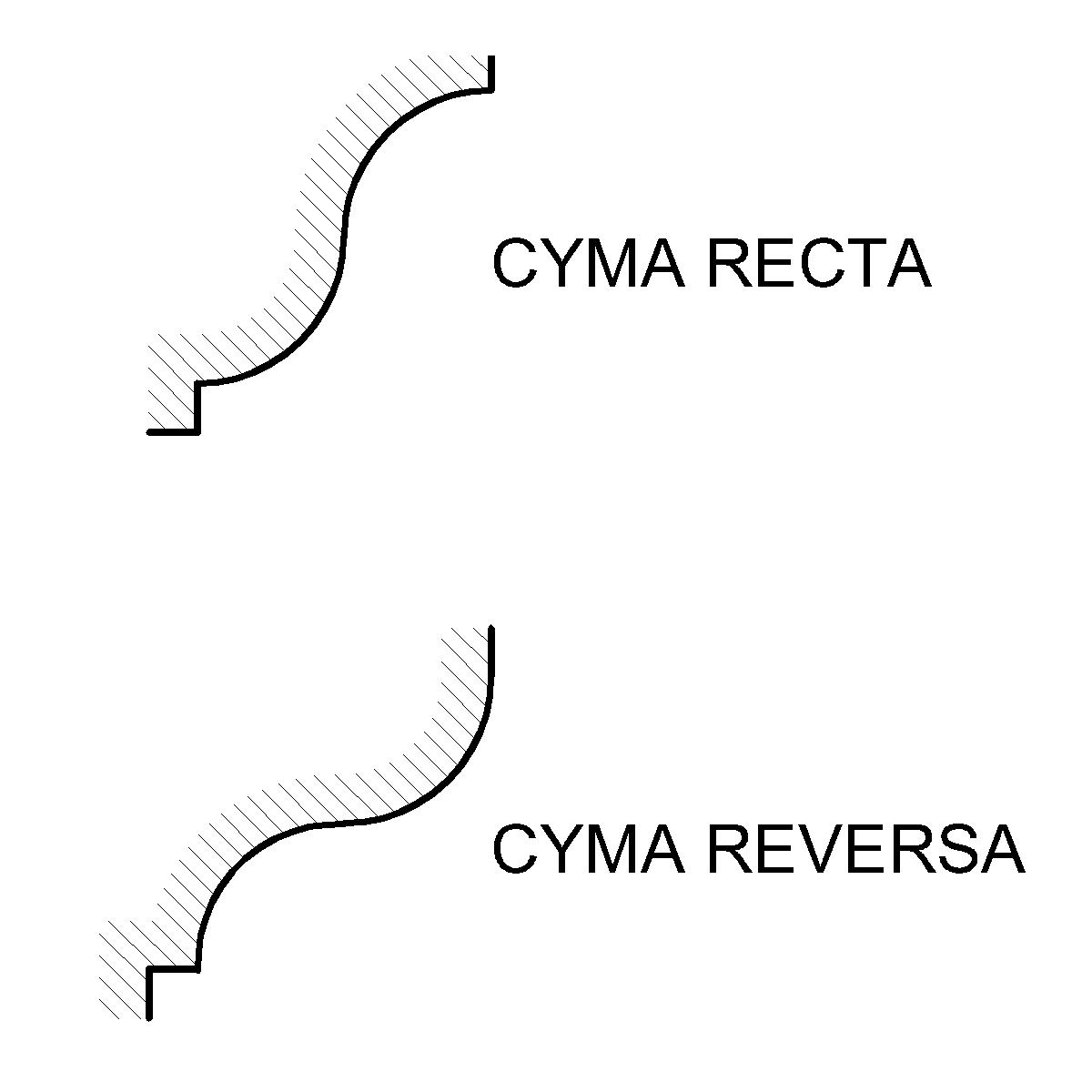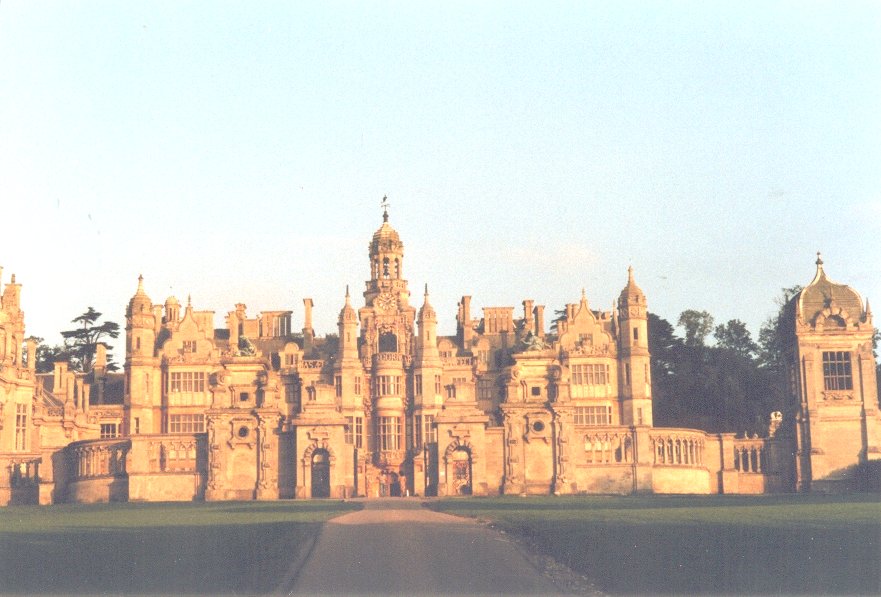|
Kneller Hall
Kneller Hall is a Grade II listed mansion in Whitton, in the London Borough of Richmond upon Thames. It housed the Royal Military School of Music, training musicians for the British Army, which acquired the building in the mid-19th century. It was also home to the school's Museum of Army Music. The Army vacated the site on 31 August 2021. History and architecture The first house on the site was built by Edmund Cooke between 1635 and 1646 and in 1664 was the fourth largest house in Twickenham. In 1709 the property was purchased by Sir Godfrey Kneller, court painter to British monarchs from Charles II to George I. He had the original house demolished and replaced by a new building, reputedly designed by Sir Christopher Wren. This second house was known as Whitton Hall, after the village, but was renamed by Kneller's widow, in memory of her husband. In 1757, the house was sold to Sir Samuel Prime, a prominent London lawyer, who, with his son of the same name, extended it signifi ... [...More Info...] [...Related Items...] OR: [Wikipedia] [Google] [Baidu] |
Whitton, London
Whitton is an area in the London Borough of Richmond upon Thames, England. Historically, the boundaries of Whitton were the north-western part of Twickenham manor, bounded internally by the sections of the River Crane, London, River Crane and the Duke of Northumberland's River. The main focus of Whitton is its High Street, which is one of the best-preserved 1930s high streets in London. The most common type of housing in the area is 1930s detached and semi-detached housing. Whitton lies on the A316 road, which leads to the M3 motorway (Great Britain), M3 motorway, and has a Whitton railway station, railway station on the line from London Waterloo station, London Waterloo to Windsor & Eton Riverside railway station, Windsor. As a mainly residential area in outer London, many residents commute to Central London. Education, retail, transport and catering businesses are also significant local employers. History Whitton was formally part of the ancient parish of Twickenham until 1862 ... [...More Info...] [...Related Items...] OR: [Wikipedia] [Google] [Baidu] |
Drawing Room
A drawing room is a room in a house where visitors may be entertained, and an alternative name for a living room. The name is derived from the 16th-century terms withdrawing room and withdrawing chamber, which remained in use through the 17th century, and made their first written appearance in 1642. In a large 16th to early 18th century English house, a withdrawing room was a room to which the owner of the house, his wife, or a distinguished guest who was occupying one of the main apartments in the house could "withdraw" for more privacy. It was often off the great chamber (or the great chamber's descendant, the state room) and usually led to a formal, or "state" bedroom. In modern houses, it may be used as a convenient name for a second or further reception room, but no particular function is associated with the name. History and development In 18th-century London, the royal morning receptions that the French called '' levées'' were called "drawing rooms", with the sense or ... [...More Info...] [...Related Items...] OR: [Wikipedia] [Google] [Baidu] |
Workhouses
In Britain, a workhouse () was an institution where those unable to support themselves financially were offered accommodation and employment. (In Scotland, they were usually known as poorhouses.) The earliest known use of the term ''workhouse'' is from 1631, in an account by the mayor of Abingdon reporting that "we have erected wthn our borough a workhouse to set poorer people to work". The origins of the workhouse can be traced to the Statute of Cambridge 1388, which attempted to address the labour shortages following the Black Death in England by restricting the movement of labourers, and ultimately led to the state becoming responsible for the support of the poor. However, mass unemployment following the end of the Napoleonic Wars in 1815, the introduction of new technology to replace agricultural workers in particular, and a series of bad harvests, meant that by the early 1830s the established system of poor relief was proving to be unsustainable. The New Poor Law of 183 ... [...More Info...] [...Related Items...] OR: [Wikipedia] [Google] [Baidu] |
Newcastle Commission
The Newcastle Commission set up in 1859 inquired "into the state of public education in England and to consider and report what measures, if any, are required for the extension of sound and cheap elementary instruction to all classes of the people". It produced the 1861 Newcastle Report and this led to the 1870 Elementary Education Act (Forster Act). Context In the 1850s, much of the schooling of the working-classes was still informal or semi-formal. On the whole there was little geographical consistency. Some schooling was provided privately, though most was organised through the workhouse schools, the Anglican National Schools and the non-conformist British Schools. The factory school envisaged by The Factory Act 1833 which had made it compulsory for mill-owners to provide prove apprentices were receiving an education, never materialised. Instead this was done by producing a certificate of attendance at schools elsewhere. Formal teaching was done using the Lancaster-Bell ... [...More Info...] [...Related Items...] OR: [Wikipedia] [Google] [Baidu] |
Social Mobility
Social mobility is the movement of individuals, families, households or other categories of people within or between social strata in a society. It is a change in social status relative to one's current social location within a given society. This movement occurs between layers or tiers in an open system of social stratification. Open stratification systems are those in which at least some value is given to achieved status characteristics in a society. The movement can be in a ''downward'' or ''upward'' direction. Markers for social mobility such as education and class, are used to predict, discuss and learn more about an individual or a group's mobility in society. Typology Mobility is most often quantitatively measured in terms of change in economic mobility such as changes in income or wealth. Occupation is another measure used in researching mobility which usually involves both quantitative and qualitative analysis of data, but other studies may concentrate on soc ... [...More Info...] [...Related Items...] OR: [Wikipedia] [Google] [Baidu] |
Palgrave's Golden Treasury
The ''Golden Treasury of English Songs and Lyrics'' is a popular anthology of English language, English poetry, originally selected for publication by Francis Turner Palgrave in 1861. It was considerably revised, with input from Alfred Tennyson, 1st Baron Tennyson, Tennyson, about three decades later. Palgrave excluded all poems by poets then still alive. The book continues to be published in regular new editions; still under Palgrave's name. These reproduce Palgrave's selections and notes, but usually include a supplement of more recent poems. Christopher Ricks in 1991 produced a scholarly edition of the original ''Treasury'', along with an account of its evolution from 1861 to 1891, with inclusions and exclusions. Book I (Palgrave) William Alexander, 1st Earl of Stirling – Richard Barnefield – Thomas Campion – Samuel Daniel – Thomas Dekker (poet), Thomas Dekker – Edward de Vere, 17th Earl of Oxford – Robert Devereux, 2nd Earl of Essex – John Donne – Michael Dr ... [...More Info...] [...Related Items...] OR: [Wikipedia] [Google] [Baidu] |
Francis Turner Palgrave
Francis Turner Palgrave (; 28 September 1824 – 24 October 1897) was a British critic, anthologist and poet. Life He was born at Great Yarmouth, the eldest son of Sir Francis Palgrave, the (born Jewish) historian to his wife Elizabeth, daughter of the banker Dawson Turner. His brothers were William Gifford Palgrave, Robert Harry Inglis Palgrave and Reginald Palgrave. His childhood was spent at Yarmouth and at his father's house in Hampstead. At fourteen he was sent as a day-boy to Charterhouse; and in 1843, having in the meanwhile travelled extensively in Italy and other parts of the continent, he won a scholarship at Balliol College, Oxford. In 1846 he interrupted his university career to serve as assistant private secretary to Gladstone, but returned, to Oxford the next year, and took a first class in Literae Humaniores. From 1847 to 1862 he was fellow of Exeter College, and in 1849 entered the Education Department at Whitehall. In 1850 Palgrave accepted the vice ... [...More Info...] [...Related Items...] OR: [Wikipedia] [Google] [Baidu] |
Frederick Temple
Frederick Temple (30 November 1821 – 23 December 1902) was an English academic, teacher and churchman, who served as Bishop of Exeter (1869–1885), Bishop of London (1885–1896) and Archbishop of Canterbury (1896–1902). Early life Temple was born in Santa Maura, one of the Ionian Islands, the son of Major Octavius Temple, who was subsequently appointed lieutenant-governor of Sierra Leone. On his retirement, Major Temple settled in Devon and contemplated a farming life for his son Frederick, giving him a practical training to that end. Temple's grandfather was William Johnson Temple, Rector of Mamhead in Devon, who is mentioned several times in James Boswell's ''Life of Johnson''. Temple was sent to Blundell's School, Tiverton, and soon showed signs of being suited to a different career. He retained a warm affection for the school, where he did well both academically and at physical activities, especially walking. The family was not wealthy, and Temple knew he woul ... [...More Info...] [...Related Items...] OR: [Wikipedia] [Google] [Baidu] |
Historic England
Historic England (officially the Historic Buildings and Monuments Commission for England) is an executive non-departmental public body of the British Government sponsored by the Department for Digital, Culture, Media and Sport. It is tasked with protecting the historic environment of England by preserving and listing historic buildings, scheduling ancient monuments, registering historic Parks and Gardens and by advising central and local government. The body was officially created by the National Heritage Act 1983, and operated from April 1984 to April 2015 under the name of English Heritage. In 2015, following the changes to English Heritage's structure that moved the protection of the National Heritage Collection into the voluntary sector in the English Heritage Trust, the body that remained was rebranded as Historic England. The body also inherited the Historic England Archive from the old English Heritage, and projects linked to the archive such as Britain from Above ... [...More Info...] [...Related Items...] OR: [Wikipedia] [Google] [Baidu] |
Cupola
In architecture, a cupola () is a relatively small, most often dome-like, tall structure on top of a building. Often used to provide a lookout or to admit light and air, it usually crowns a larger roof or dome. The word derives, via Italian, from lower Latin ''cupula'' (classical Latin ''cupella''), (Latin ''cupa''), indicating a vault resembling an upside-down cup. Background The cupola evolved during the Renaissance from the older oculus. Being weatherproof, the cupola was better suited to the wetter climates of northern Europe. The chhatri, seen in Indian architecture, fits the definition of a cupola when it is used atop a larger structure. Cupolas often serve as a belfry, belvedere, or roof lantern above a main roof. In other cases they may crown a spire, tower, or turret. Barns often have cupolas for ventilation. Cupolas can also appear as small buildings in their own right. The square, dome-like segment of a North American railroad train caboose that contains ... [...More Info...] [...Related Items...] OR: [Wikipedia] [Google] [Baidu] |
Ogee
An ogee ( ) is the name given to objects, elements, and curves—often seen in architecture and building trades—that have been variously described as serpentine-, extended S-, or sigmoid-shaped. Ogees consist of a "double curve", the combination of two semicircular curves or arcs that, as a result of a point of inflection from concave to convex or ''vice versa'', have ends of the overall curve that point in opposite directions (and have tangents that are approximately parallel). First seen in textiles in the 12th century, the use of ogee elements—in particular, in the design of arches—has been said to characterise various Gothic and Gothic Revival architectural styles. The shape has many such uses in architecture from those periods to the present day, including in the ogee arch in these architectural styles, where two ogees oriented as mirror images compose the sides of the arch, and in decorative molding designs, where single ogees are common profiles (see opening i ... [...More Info...] [...Related Items...] OR: [Wikipedia] [Google] [Baidu] |
Jacobethan Architecture
The Jacobethan or Jacobean Revival architectural style is the mixed national Renaissance revival style that was made popular in England from the late 1820s, which derived most of its inspiration and its repertory from the English Renaissance (1550–1625), with elements of Elizabethan and Jacobean. John Betjeman coined the term "Jacobethan" in 1933, and described it as follows: The style in which the Gothic predominates may be called, inaccurately enough, Elizabethan, and the style in which the classical predominates over the Gothic, equally inaccurately, may be called Jacobean. To save the time of those who do not wish to distinguish between these periods of architectural uncertainty, I will henceforward use the term "Jacobethan". The term caught on with art historians. Timothy Mowl asserts in ''The Elizabethan and Jacobean Style'' (2001) that the Jacobethan style represents the last outpouring of an authentically native genius that was stifled by slavish adherence to Europe ... [...More Info...] [...Related Items...] OR: [Wikipedia] [Google] [Baidu] |







